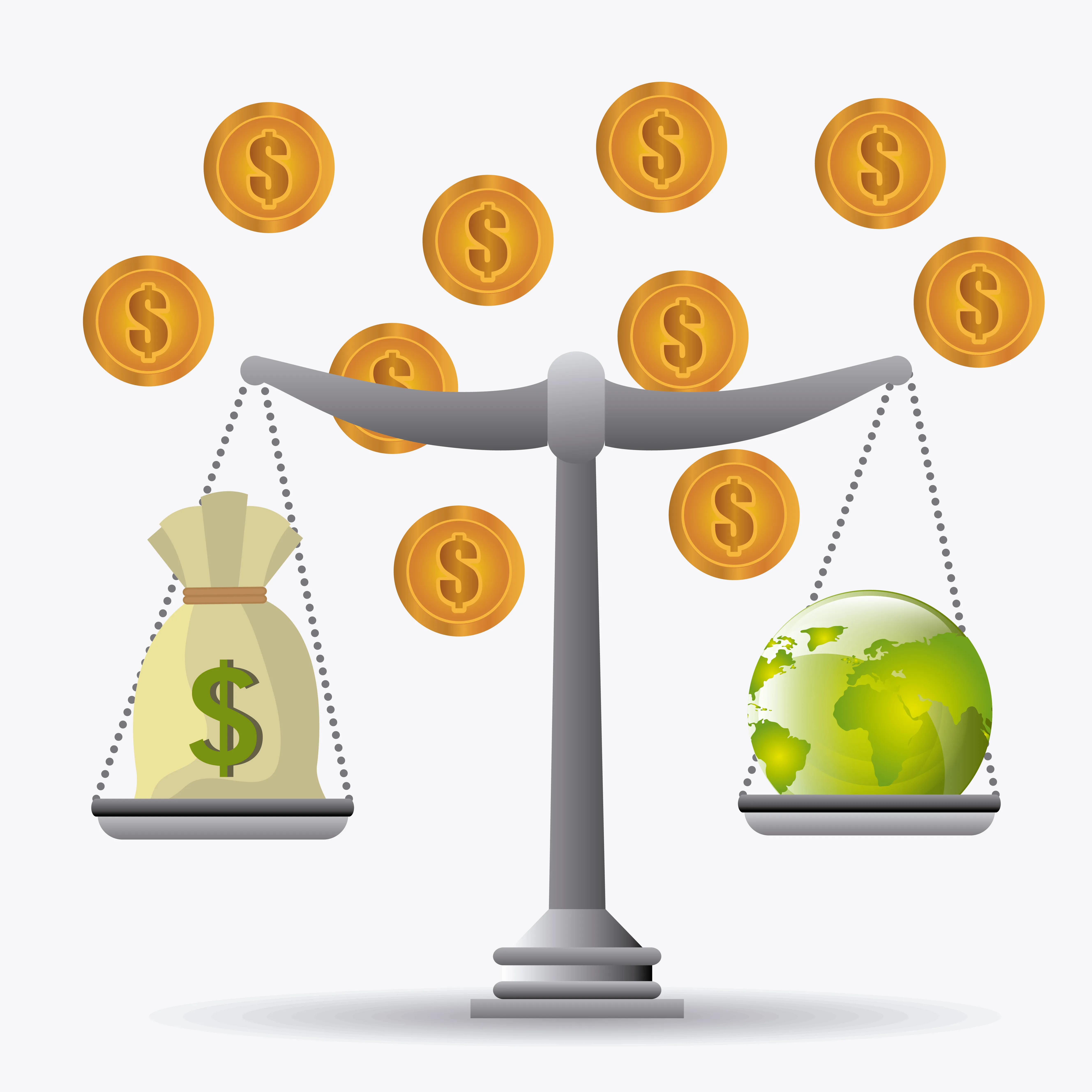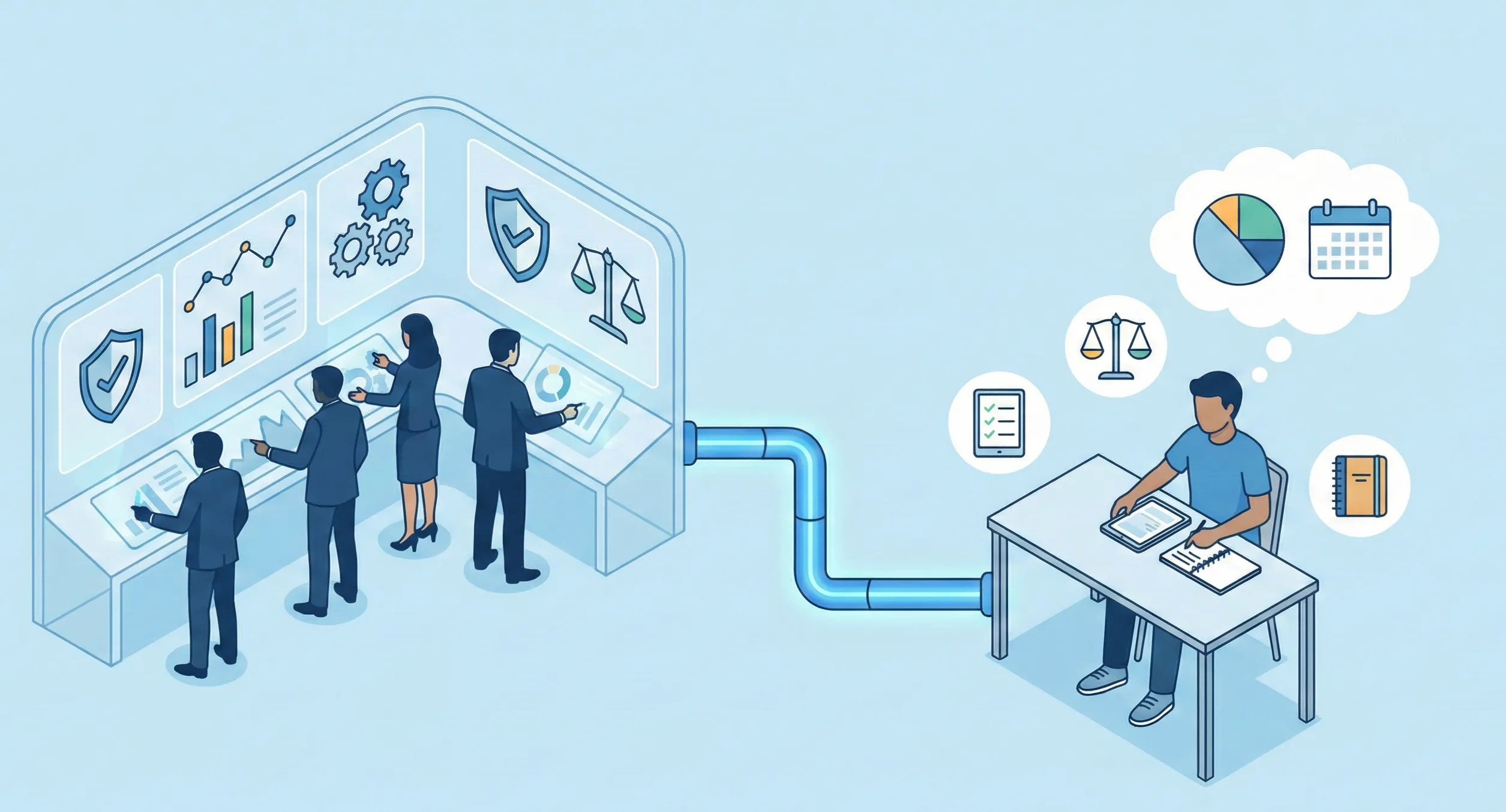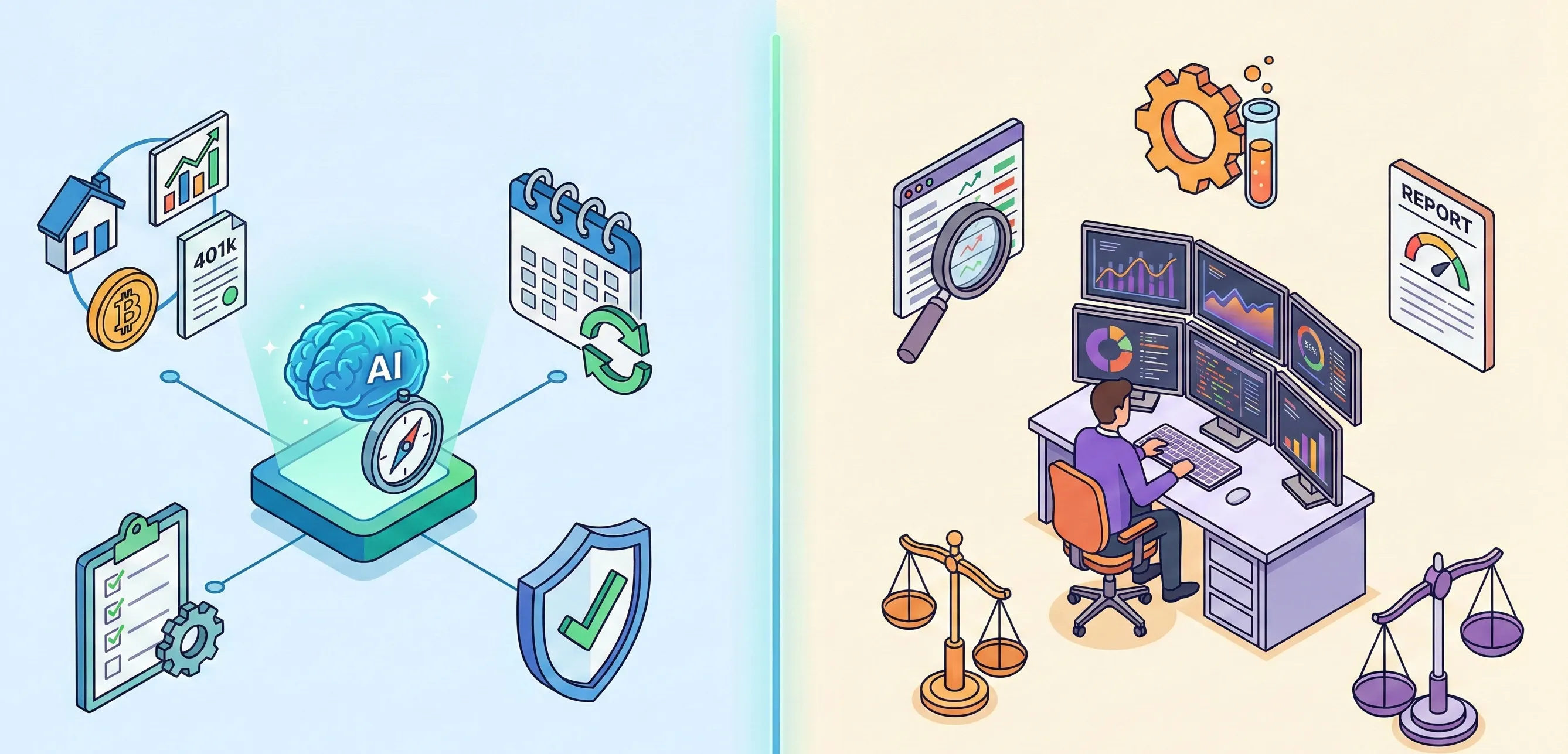Inflation Rate and Risk-Free Rate: Key Insights

Let’s talk about two finance terms you’ve probably heard before: the “inflation rate” and the “risk-free rate”. At first, they might sound a little dry or complicated, but trust us, they’re not as scary as they seem. These concepts affect everything from how much groceries cost to the return you get on your savings or investments. Stick with us, and by the end, we promise you’ll feel much more confident about what these terms mean and why they matter to you.
Key Takeaways
- The inflation rate shows how much prices are rising, affecting what your money can buy.
- The risk-free rate is the return on an investment that’s considered completely safe, like U.S. Treasury bonds. (of course its never truly risk-free, just as close as you can get in our current economy)
- These two rates are connected and shape important financial decisions, from saving to borrowing to investing.
- Knowing how they work can help you make better choices for your money.
What Is the Inflation Rate?
Think of the inflation rate as a measure of how much prices are creeping up over time. For example, if a loaf of bread cost $1 last year and now it’s $1.05, that’s inflation. It’s usually expressed as a percentage, and it’s a key indicator of how the economy is doing and how far your dollar stretches.
Why Does Inflation Happen?
Here are a few reasons:
- Too Much Demand, Not Enough Supply: If more people want something than there is available, prices naturally go up. It’s like trying to buy concert tickets that are in high demand.
- Higher Production Costs: If it costs companies more to make or deliver something (think wages or materials), they’ll pass those costs onto you by raising prices.
- People Expect Prices to Rise: If businesses and workers expect inflation, they might raise prices or demand higher wages, which creates a self-fulfilling cycle.
Why Should You Care About Inflation?
Inflation hits you in different ways:
- Savings: If your money isn’t earning more than the inflation rate, its value is shrinking over time.
- Investments: Stocks, bonds, and other investments can react differently to rising inflation.
- Everyday Life: Groceries, gas, and rent—inflation makes all these things more expensive, which affects your budget.
What Is the Risk-Free Rate?
The risk-free rate is exactly what it sounds like: the return on an investment with the smallest possible risk of losing your money. It’s also a key component in financial models like the Capital Asset Pricing Model (CAPM), which uses it to estimate the expected return of an asset by considering its risk. In the U.S., this is usually tied to Treasury bonds because they’re backed by the federal government, so there’s virtually zero risk of default.
Why Is the Risk-Free Rate Important?
- A Baseline for Investments: The risk-free rate is like a benchmark. For example, if Treasury bonds are paying 2% and a stock offers 6%, that extra 4% compensates you for taking on more risk.
- Loan Interest Rates: Banks use the risk-free rate to help set interest rates for loans and mortgages.
- Financial Calculations: It’s a key tool for figuring out the value of future money, like when planning for retirement or evaluating a business project.
How Inflation and the Risk-Free Rate Are Connected
These two rates go hand in hand. Here’s how:
- Nominal vs. Real Rates: The risk-free rate you see advertised (the nominal rate) includes inflation. To figure out the actual growth of your money (the real rate), you subtract the inflation rate. This difference impacts financial decisions like the cost of capital for businesses or the valuation of assets, as inflation-adjusted returns provide a clearer picture of profitability.
Quick Example
Let’s say the risk-free rate is 4%, and inflation is 2%. Your real return is 2% (4% - 2%). But if inflation jumps to 3%, your real return drops to 1%. For long-term investments, this erosion can significantly impact outcomes. For example, a company using a higher inflation-adjusted discount rate might assign a lower valuation to a future project, making it less likely to pursue.
Why It Matters to You
Understanding inflation and the risk-free rate can help you:
- Protect Your Savings: Choose savings accounts or investments that grow faster than inflation so your money doesn’t lose value.
- Make Smarter Investments: Compare the risk-free rate to potential returns to decide if the risk of an investment is worth it.
- Borrow Wisely: When interest rates are tied to the risk-free rate, knowing these numbers can help you understand the true cost of loans.
Tools to Simplify Things
Tracking inflation and interest rates can feel like a full-time job, but there are tools out there to make it easier. Financial platforms can:
- Track Inflation Trends: Show you how rising prices are impacting your finances.
- Evaluate Investments: Help you compare returns to the risk-free rate so you can make informed decisions.
- Model Scenarios: Let you test how changes in inflation or interest rates might affect your financial goals.
How optimized is your portfolio?
PortfolioPilot is used by over 40,000 individuals in the US & Canada to analyze their portfolios of over $30 billion1. Discover your portfolio score now:






